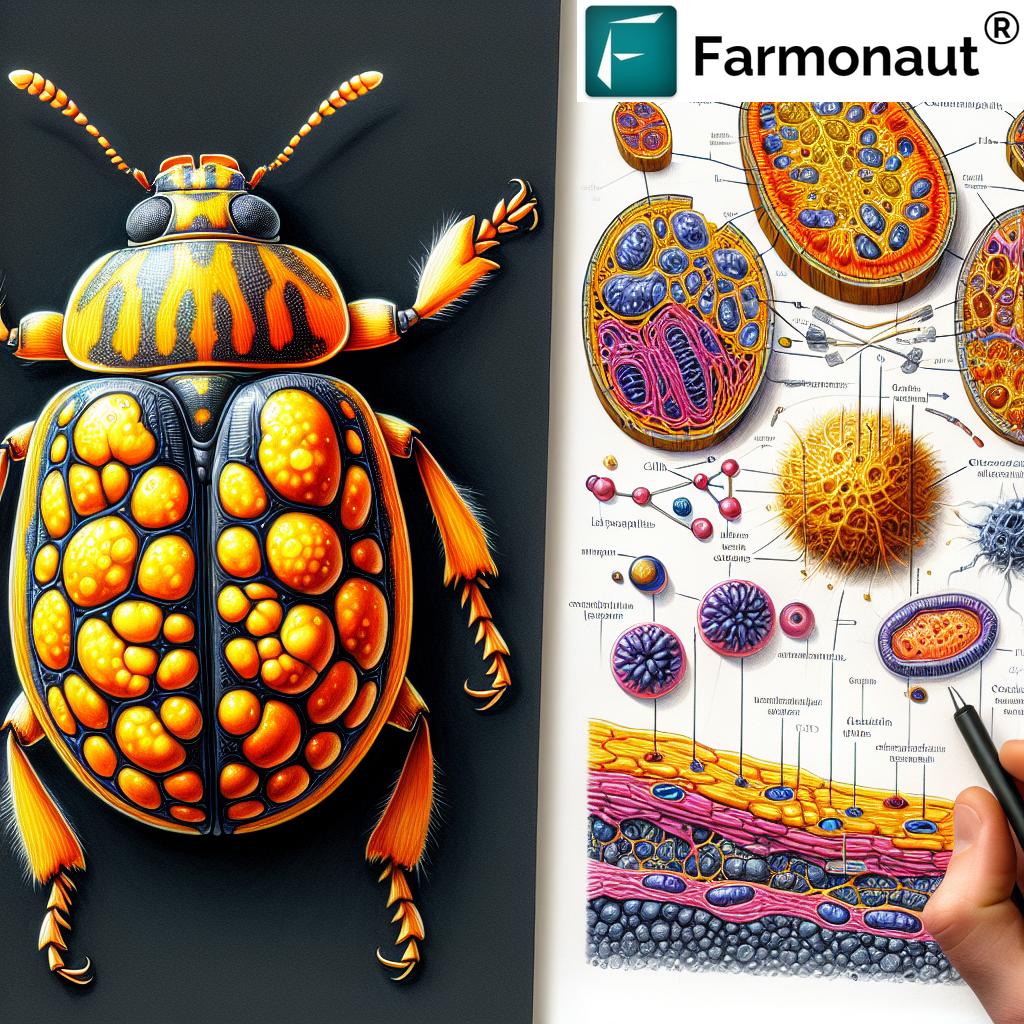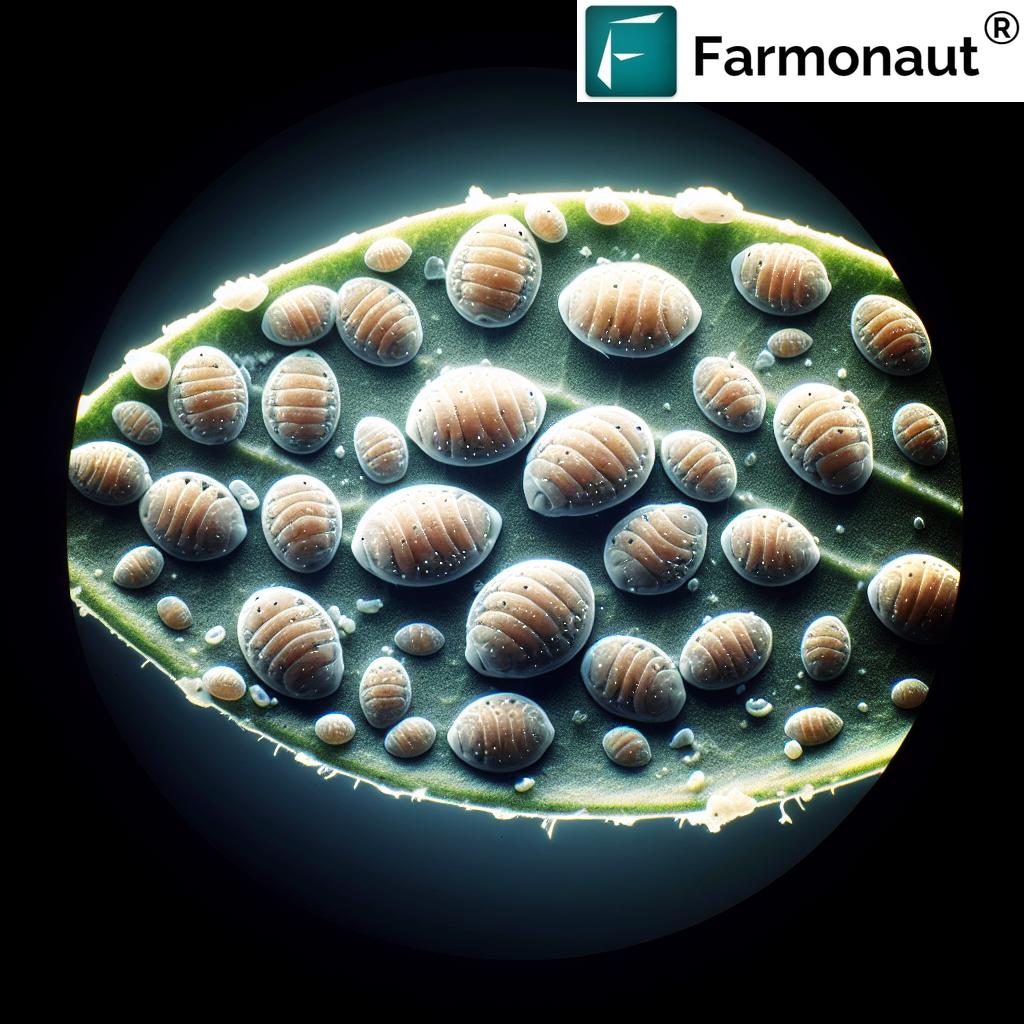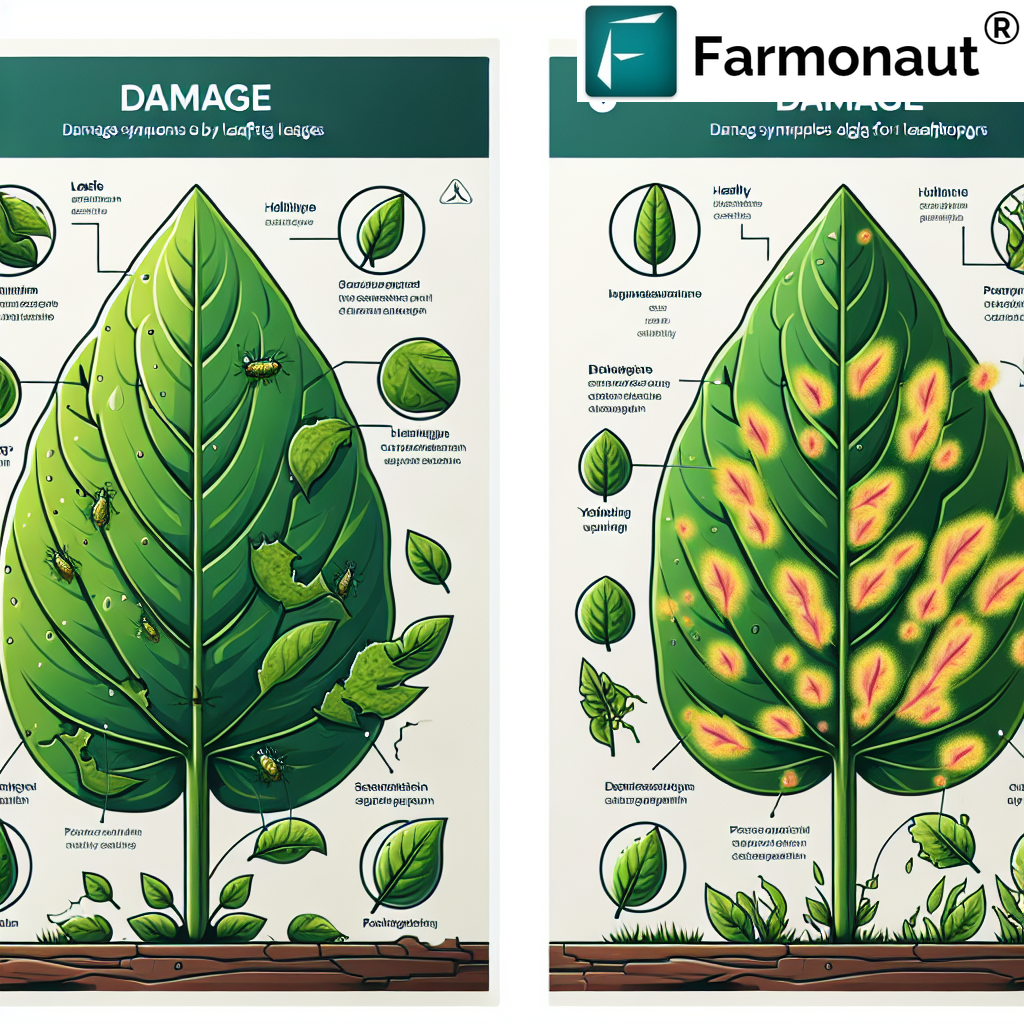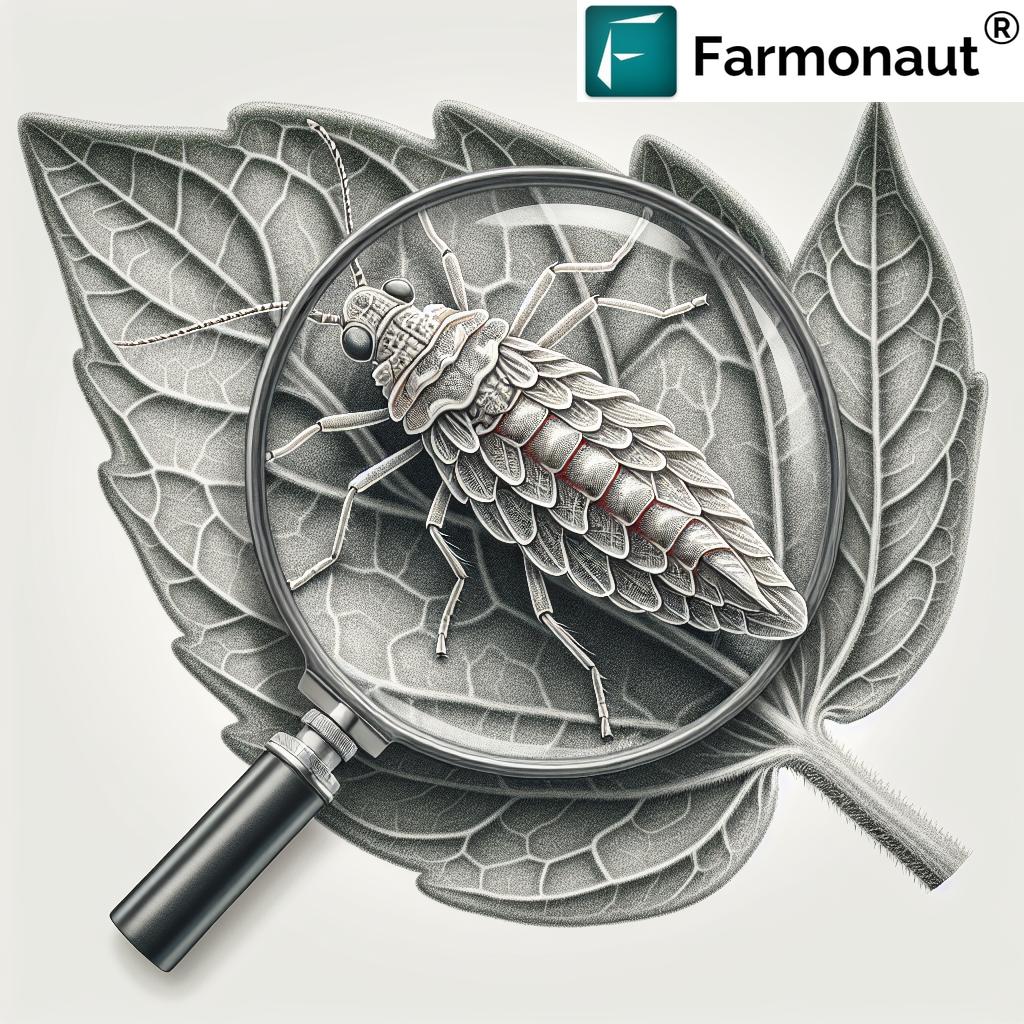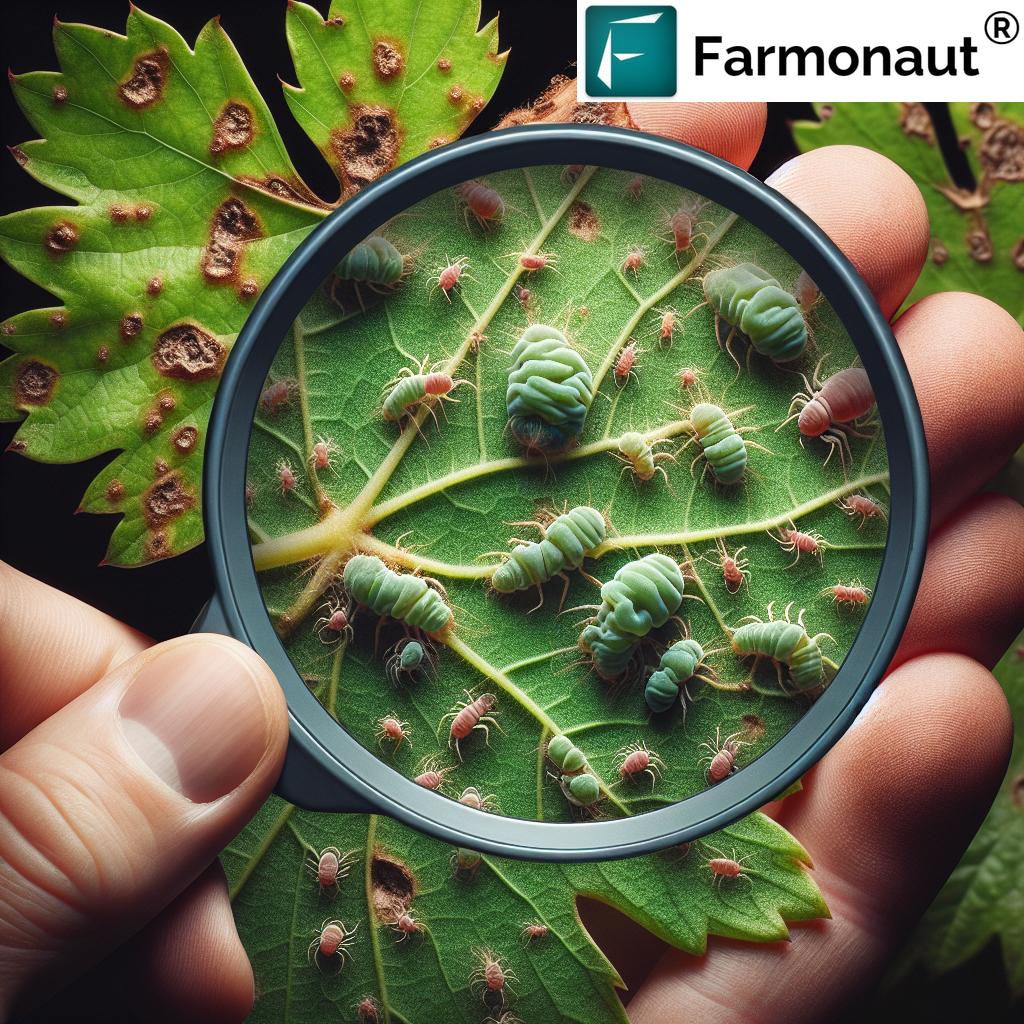
Understanding and Managing Northern Corn Leaf Blight: A Comprehensive Guide
In the world of agriculture, corn remains one of the most important crops globally. As farmers and agricultural professionals, we continually strive to protect our corn yields from various threats, including pests and diseases. One such formidable disease that corn growers often face is Northern Corn Leaf Blight (NLCB). In this comprehensive guide, we will delve deep into the intricacies of NLCB, exploring its symptoms, impact on crop yield, and most importantly, effective treatment and control methods.
What is Northern Corn Leaf Blight?
Northern Corn Leaf Blight, often abbreviated as NLCB, is a fungal disease that affects corn plants. It is caused by the pathogen Exserohilum turcicum (formerly known as Helminthosporium turcicum). This disease is particularly prevalent in areas with moderate temperatures and high humidity, making it a significant concern for corn growers in many regions around the world.
Understanding the Impact of NLCB on Corn Yield
NLCB can have a devastating impact on corn yield if left unchecked. The disease affects the plant’s ability to photosynthesize by damaging the leaves, which are crucial for energy production. As the disease progresses, it can lead to:
- Reduced photosynthetic area
- Weakened plant structure
- Premature death of leaves
- Reduced grain fill
- Significant yield losses, especially if infection occurs before or during the silking stage
In severe cases, yield losses due to NLCB can range from 30% to 50%, emphasizing the critical need for effective management strategies.
Recognizing NLCB: Symptoms and Disease Progression
Early detection is key to managing NLCB effectively. Being able to recognize the symptoms of this disease can help farmers take prompt action. The typical symptoms of Northern Corn Leaf Blight include:
- Initial Lesions: The first signs of NLCB are small, oval to cigar-shaped lesions on the leaves. These lesions are usually tan or grayish-green in color.
- Lesion Growth: As the disease progresses, these lesions grow larger, often reaching several inches in length. They may also coalesce, forming large blighted areas on the leaves.
- Color Change: The lesions gradually turn grayish-brown as they mature.
- Leaf Necrosis: Severely affected leaves may wither and die, leading to a scorched appearance of the plant.
- Spore Production: Under humid conditions, the fungus produces dark-colored spores on the lesions, giving them a dusty appearance.
It’s important to note that NLCB symptoms can sometimes be confused with other corn diseases. Therefore, if you’re unsure, it’s always best to consult with a plant pathologist or use advanced diagnostic tools for confirmation.
Factors Influencing NLCB Outbreaks
Understanding the conditions that favor NLCB development can help in predicting and preventing outbreaks. Several factors contribute to the severity and spread of this disease:
- Temperature: NLCB thrives in moderate temperatures, typically between 65°F to 80°F (18°C to 27°C).
- Humidity: High relative humidity (above 90%) and extended periods of leaf wetness promote spore production and infection.
- Rainfall: Frequent rainfall or overhead irrigation can facilitate spore dispersal and create favorable conditions for infection.
- Plant Stress: Corn plants under stress from factors like drought, nutrient deficiencies, or other diseases are more susceptible to NLCB.
- Crop Residue: The fungus can overwinter in crop debris, providing a source of inoculum for the next growing season.
- Monoculture: Continuous corn cultivation in the same field can lead to a buildup of the pathogen over time.
Effective Management Strategies for NLCB
Managing Northern Corn Leaf Blight requires an integrated approach that combines cultural, genetic, and chemical control methods. Let’s explore each of these strategies in detail:
1. Cultural Control Methods
Cultural practices play a crucial role in preventing and managing NLCB. These methods focus on creating an environment that is less favorable for disease development:
- Crop Rotation: Implementing a crop rotation system with non-host crops can help break the disease cycle. We recommend rotating corn with crops like soybeans, wheat, or alfalfa.
- Residue Management: Proper management of crop residues is essential. Tillage practices that bury infected crop debris can reduce the amount of inoculum available for the next season.
- Planting Date: Adjusting planting dates can help avoid periods of high disease pressure. In some regions, early planting may allow the crop to mature before disease pressure becomes severe.
- Field Sanitation: Removing and destroying infected plant material can help reduce the source of inoculum.
- Balanced Nutrition: Ensuring proper plant nutrition, especially adequate levels of nitrogen and potassium, can improve plant resistance to NLCB.
- Water Management: Avoiding over-irrigation and promoting good drainage can help reduce leaf wetness periods, making conditions less favorable for disease development.
2. Genetic Resistance
One of the most effective and sustainable methods for managing NLCB is the use of resistant corn hybrids. Plant breeders have developed numerous corn varieties with varying levels of resistance to NLCB. When selecting corn hybrids, consider the following:
- Resistance Ratings: Choose hybrids with high resistance ratings to NLCB. These ratings are usually provided by seed companies and are based on field trials.
- Multiple Gene Resistance: Opt for hybrids with multiple resistance genes, as these tend to provide more durable and effective protection against NLCB.
- Regional Adaptation: Select hybrids that are well-adapted to your specific growing region and have shown good performance under local disease pressure.
- Yield Potential: Balance disease resistance with other desirable traits such as yield potential, maturity, and stress tolerance.
It’s important to note that while resistant hybrids can significantly reduce the impact of NLCB, they may not provide complete immunity, especially under high disease pressure.
3. Chemical Control
When cultural practices and genetic resistance are not sufficient to manage NLCB, chemical control methods can be employed. Fungicides can be an effective tool in managing NLCB, especially in high-value corn crops or during seasons with high disease pressure. Here are some key considerations for chemical control:
- Timing of Application: The timing of fungicide applications is crucial for effective control. Applications are typically most effective when made at the early stages of disease development or preventively in high-risk situations.
- Product Selection: Choose fungicides that are specifically labeled for NLCB control in corn. Common active ingredients include strobilurins, triazoles, and their mixtures.
- Rotation of Fungicides: To prevent the development of fungicide resistance, it’s important to rotate between fungicides with different modes of action.
- Coverage: Ensure good coverage of the plant canopy when applying fungicides. This may require adjusting spray equipment or using appropriate adjuvants.
- Economic Thresholds: Consider the economic threshold for fungicide application. This involves weighing the cost of treatment against the potential yield loss from the disease.
Some commonly used fungicides for NLCB control include:
- Azoxystrobin (e.g., Quadris)
- Pyraclostrobin (e.g., Headline)
- Propiconazole (e.g., Tilt)
- Prothioconazole (e.g., Proline)
- Mixtures like azoxystrobin + propiconazole (e.g., Quilt)
Always follow the label instructions and local regulations when using fungicides.
4. Biological Control
While less commonly used than chemical controls, biological control agents are gaining attention as part of integrated pest management strategies. Some biocontrol options for NLCB include:
- Trichoderma spp.: These beneficial fungi can compete with the NLCB pathogen and induce plant resistance.
- Bacillus subtilis: This bacterium can inhibit the growth of the NLCB fungus and promote plant growth.
- Plant extracts: Certain plant-based products have shown potential in suppressing NLCB development.
Research in this area is ongoing, and new biological control options may become available in the future.
Organic Management of NLCB
For organic corn growers, managing NLCB presents unique challenges as conventional fungicides are not an option. However, several organic strategies can be effective in controlling this disease:
- Resistant Varieties: Choosing corn varieties with high resistance to NLCB is particularly important in organic systems.
- Crop Rotation: Implementing longer crop rotations with non-host crops is crucial for breaking the disease cycle.
- Soil Health: Focus on building healthy soils with balanced nutrition and beneficial microorganisms to enhance plant resilience.
- Compost Teas: Some organic growers use compost teas to boost plant immunity and suppress disease development.
- Organic Fungicides: Copper-based fungicides and sulfur products, when approved for organic use, can provide some level of control.
- Biological Control Agents: Organic-approved biocontrol agents can be integrated into the management strategy.
- Plant Spacing: Proper plant spacing to improve air circulation can help reduce humidity in the crop canopy.
The Role of Technology in NLCB Management
Advancements in agricultural technology have opened up new possibilities for managing diseases like NLCB more effectively. At Farmonaut, we leverage cutting-edge satellite technology and artificial intelligence to provide farmers with powerful tools for crop monitoring and disease detection.
Satellite-Based Crop Health Monitoring
Our satellite-based crop health monitoring system offers several advantages in managing NLCB:
- Early Detection: By analyzing multispectral satellite imagery, we can detect changes in crop health that may indicate the early stages of NLCB infection, often before symptoms are visible to the naked eye.
- Large-Scale Monitoring: Our system allows for monitoring of vast areas of corn fields, providing a comprehensive view of crop health across entire farms or regions.
- Regular Updates: With frequent satellite passes, we provide up-to-date information on crop health, allowing for timely interventions.
- Historical Data Analysis: By comparing current crop health data with historical records, we can identify patterns and predict potential NLCB outbreaks.
Here’s a comparison of traditional NLCB detection methods versus Farmonaut’s satellite-based system:
| Feature | Traditional NLCB Detection | Farmonaut Satellite System Detection |
|---|---|---|
| Detection Speed | Slow – Requires physical field inspection | Fast – Real-time satellite imagery analysis |
| Accuracy | Moderate – Depends on inspector’s expertise | High – AI-powered analysis of multispectral data |
| Coverage Area | Limited – Time-consuming for large fields | Extensive – Can cover vast areas quickly |
| Cost-effectiveness | Low – Labor-intensive and time-consuming | High – Automated system covers large areas efficiently |
By utilizing Farmonaut’s advanced technology, farmers can detect and respond to NLCB outbreaks more quickly and efficiently, potentially saving significant time and resources.
AI-Powered Advisory System
Our Jeevn AI advisory system takes crop management to the next level by providing personalized recommendations based on real-time data:
- Disease Risk Assessment: By analyzing weather patterns, crop health data, and historical disease information, Jeevn AI can assess the risk of NLCB outbreaks in specific fields.
- Treatment Recommendations: Based on the detected crop health issues and environmental conditions, the system can suggest appropriate treatment methods, including timing of fungicide applications if necessary.
- Precision Agriculture: Jeevn AI enables targeted interventions, allowing farmers to apply treatments only where needed, reducing costs and environmental impact.
To learn more about how Farmonaut’s technology can help you manage NLCB and other crop health issues, visit our app page or explore our API documentation.
Best Practices for NLCB Management
To effectively manage Northern Corn Leaf Blight, we recommend integrating various strategies into a comprehensive management plan. Here are some best practices to consider:
- Regular Scouting: Conduct regular field inspections, especially during periods of high disease risk. Early detection is crucial for effective management.
- Weather Monitoring: Keep track of weather conditions, particularly temperature and humidity, to anticipate periods of high disease pressure.
- Hybrid Selection: Choose corn hybrids with strong resistance to NLCB, especially in areas with a history of the disease.
- Crop Rotation: Implement a crop rotation plan that includes non-host crops to break the disease cycle.
- Residue Management: Practice good residue management through tillage or other methods to reduce the overwintering inoculum.
- Balanced Nutrition: Ensure proper plant nutrition through soil testing and appropriate fertilization practices.
- Timely Planting: Consider adjusting planting dates to avoid periods of high disease pressure.
- Fungicide Program: Develop a fungicide program based on disease pressure, crop stage, and economic thresholds. Consult with local extension services for specific recommendations.
- Record Keeping: Maintain detailed records of disease occurrence, management practices, and their effectiveness to inform future decisions.
- Continuous Learning: Stay informed about the latest research and management techniques for NLCB through extension publications, workshops, and industry events.
The Future of NLCB Management
As we look to the future, several emerging trends and technologies promise to revolutionize NLCB management:
- Gene Editing: Advances in CRISPR and other gene-editing technologies may lead to the development of corn varieties with enhanced resistance to NLCB.
- Precision Agriculture: The integration of GPS, drones, and IoT devices will enable more precise disease monitoring and targeted treatments.
- Machine Learning: Advanced algorithms will improve disease prediction models, allowing for more proactive management strategies.
- Novel Fungicides: Research into new fungicide chemistries may provide more effective and environmentally friendly options for NLCB control.
- Climate-Resilient Varieties: As climate change affects disease patterns, breeders will focus on developing corn varieties that can withstand a broader range of environmental stresses, including NLCB.
Conclusion
Northern Corn Leaf Blight remains a significant challenge for corn growers worldwide. However, with a comprehensive understanding of the disease and an integrated management approach, it is possible to effectively control NLCB and protect corn yields. By combining cultural practices, genetic resistance, chemical control when necessary, and leveraging advanced technologies like those offered by Farmonaut, farmers can stay ahead of this destructive disease.
Remember, successful NLCB management requires ongoing vigilance, adaptability, and a commitment to sustainable farming practices. By staying informed and utilizing the best available tools and techniques, we can ensure the continued productivity and profitability of corn production in the face of this persistent threat.
FAQs about Northern Corn Leaf Blight
- Q: How does NLCB spread from field to field?
A: NLCB primarily spreads through wind-blown spores. These spores can travel long distances, especially during stormy weather. The disease can also spread through infected seed or crop residue. - Q: Can NLCB survive in the soil?
A: The NLCB pathogen primarily overwinters in infected crop residue on the soil surface, rather than in the soil itself. This is why residue management is crucial for disease control. - Q: How long does it take for NLCB symptoms to appear after infection?
A: Under favorable conditions, NLCB symptoms can appear within 7-12 days after infection. However, this can vary depending on environmental conditions and the susceptibility of the corn hybrid. - Q: Are there any natural predators of the NLCB pathogen?
A: While there are no specific natural predators of the NLCB fungus, certain beneficial microorganisms in the soil can compete with or inhibit its growth. This is one reason why maintaining healthy soil ecosystems is important. - Q: Can NLCB infect other crops besides corn?
A: While NLCB is primarily a disease of corn, some strains of the pathogen can infect other grass species like sorghum and Johnson grass. However, these infections are generally less severe than in corn. - Q: How does climate change affect NLCB incidence?
A: Climate change can potentially increase NLCB incidence in some regions by creating more favorable conditions for the disease, such as increased humidity and altered rainfall patterns. It may also shift the geographic range where NLCB is problematic. - Q: Is it safe to use corn infected with NLCB for animal feed?
A: Generally, corn infected with NLCB is safe for animal consumption. However, severely infected corn may have reduced nutritional value. It’s always best to consult with a veterinarian or animal nutritionist if you have concerns. - Q: Can organic fungicides effectively control NLCB?
A: While organic fungicides may not be as effective as conventional ones, some organic-approved products like copper-based fungicides can provide some level of control when used as part of an integrated management approach. - Q: How often should I scout my fields for NLCB?
A: During the growing season, it’s recommended to scout fields at least once a week. However, during periods of high disease risk or if NLCB has been detected in the area, more frequent scouting may be necessary. - Q: Can Farmonaut’s technology detect NLCB before visible symptoms appear?
A: Yes, Farmonaut’s satellite-based crop health monitoring system can often detect changes in plant health indicative of NLCB infection before visible symptoms appear to the naked eye. This early detection capability is one of the key advantages of our technology.

Ready to take your corn disease management to the next level? Try Farmonaut’s advanced crop monitoring solutions today!
For more information, visit our website or download our app:
Developers interested in integrating our technology can explore our API documentation.


